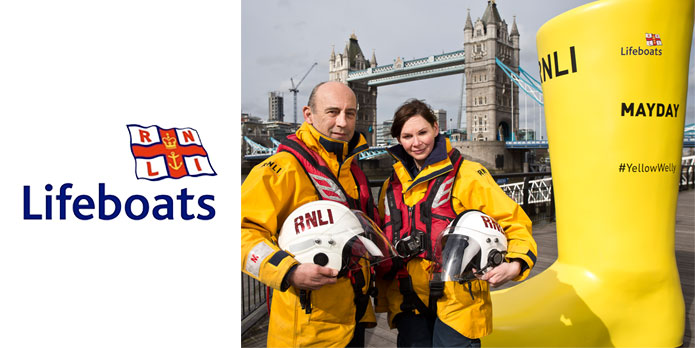
Headline hunters: newsjacking can lead to viral success for brands, but exercising judgement is vital
As brands rinse the commemorative royal wedding tea towel for all its worth, Angharad Neagle, group managing director of Freshwater UK, explores ‘newsjacking’ and how the tactic can help or hinder businesses.
With the wedding of Prince Harry and Meghan Markle just days away, brands have been ramping up their royal marketing efforts.
Whether promoting a limited edition royal wedding sausage, a Meghan and Harry-inspired hamper, themed pet accessories (commemorative pup neckerchief, anyone?) or a “royal wedding pale ale”, companies large and small appear to be flexing their ‘newsjacking’ muscles in an attempt to jump on the royal bandwagon.
It’s not unusual for brands to piggyback on major news events to promote their own messaging, products or services. After all, PRs have been scanning headlines for client comment opportunities for years. But the continued rise of social media has certainly provided fresh impetus to ‘newsjack’ – a term popularised by marketer, David Meerman Scott. Quick-thinking, agile brands are now using imaginative content to capitalise on emerging news, popular keyword searches and trending hashtags often within hours, if not minutes.
Done well, newsjacking offers brands a unique opportunity to connect with their target audiences. A well-timed tweet or tongue-in-cheek press ad can cut through a crowded news agenda and nurture affection for a company, allowing it to demonstrate an awareness of popular culture as well as a sense of humour.
Perhaps one of the most successful examples of real-time newsjacking belongs to Oreo. When there was a blackout inside the Mercedes-Benz Superdome during the 2013 Super Bowl, the US cookie brand tweeted “Power out? No problem” along with a graphic featuring the words ‘You can still dunk in the dark’. It quickly went viral and prompted headlines declaring Oreo won the Super Bowl.
When Leonardo da Vinci’s Salvatore Mundi painting sold for more than $450 million last year, IKEA saw an opportunity to tell its story through a post depicting the painting in an IKEA frame, along with the words: ‘When you spend $450 million on a painting but you don’t like the frame’. It was one of IKEA’s best performing posts, garnering media coverage and, as its ad agency, ACNE, rightly pointed out, making ‘150 million people turn their heads from the painting to the IKEA frame. With no media budget’.
And Specsavers has employed the tactic with aplomb for years. Its ‘Should’ve gone to Specsavers’ strapline has provided an easy ‘in’ to news stories related to someone not seeing something properly: think ‘Envelopegate’ at the 2017 Oscars or a disallowed goal during England’s Euro 2012 clash against Ukraine.
Of course, newsjacking is sometimes a necessity. When Freshwater worked with the RNLI on its flagship fundraising campaign, MayDay, in 2015, it became increasingly apparent that it was going to coincide with the birth of the Duke and Duchess of Cambridge’s second child.
Our campaign focused on the iconic symbol of yellow welly boots – an essential part of the RNLI’s life-saving kit – and centred on sending four giant replicas of the boots on a tour across the capital cities of the UK and Ireland. However, to ensure the RNLI’s campaign tapped into the excitement around the royal baby, and that we didn’t lose our share of voice in a competitive news agenda, we recommended creating social media content featuring a pair of knitted yellow booties with a message of congratulations to the royal couple and the campaign hashtag, that the RNLI could deploy quickly in the event of a new arrival.
By acting nimbly, we were able to hook our campaign into the Twittersphere’s reaction when Princess Charlotte arrived on 2 May. Mashable included it in its run down of best brand-led responses to the birth.
However, newsjacking can be risky and certainly isn’t appropriate for every brand or news event. In 2011, Kenneth Cole came under fire for a tweet people felt made light of the protests in Egypt, several brands were accused of exploiting Hurricane Sandy in 2012, and DiGiorno Pizza had to apologise after it used a hashtag linked to domestic violence survivors to promote its frozen pizza.
These examples highlight the importance of a sensitive, fair and selective approach to any form of newsjacking – whether spontaneous or pre-planned. Good taste and judgment are crucial, otherwise it can risk doing more damage than good. Businesses considering responding to the news agenda should choose the stories that reflect positively on their brand values. And, as with everything, trust your gut instincts; if it doesn’t feel right, don’t do it.
This article appeared in the Western Mail newspaper on 7th May 2018.
